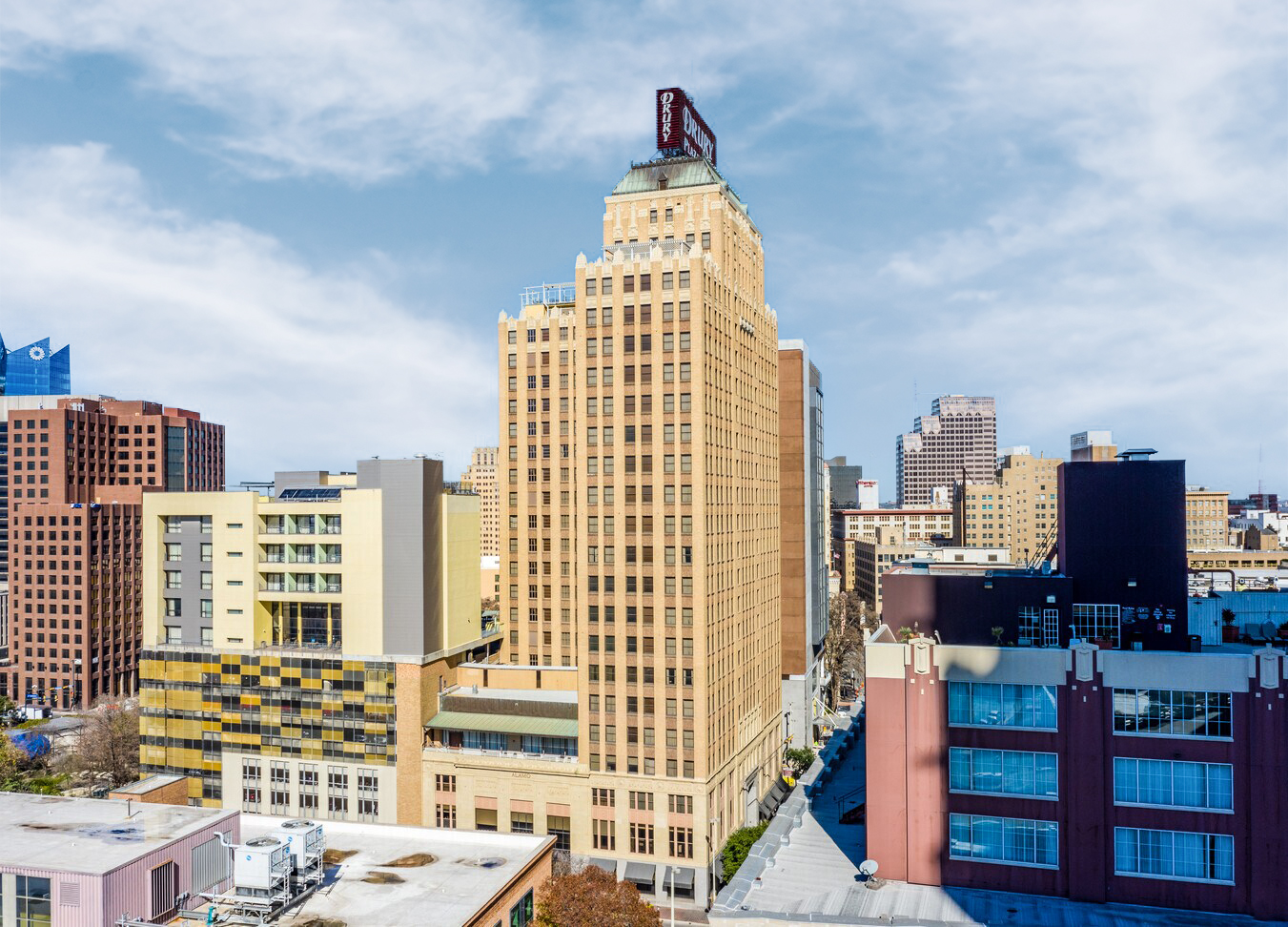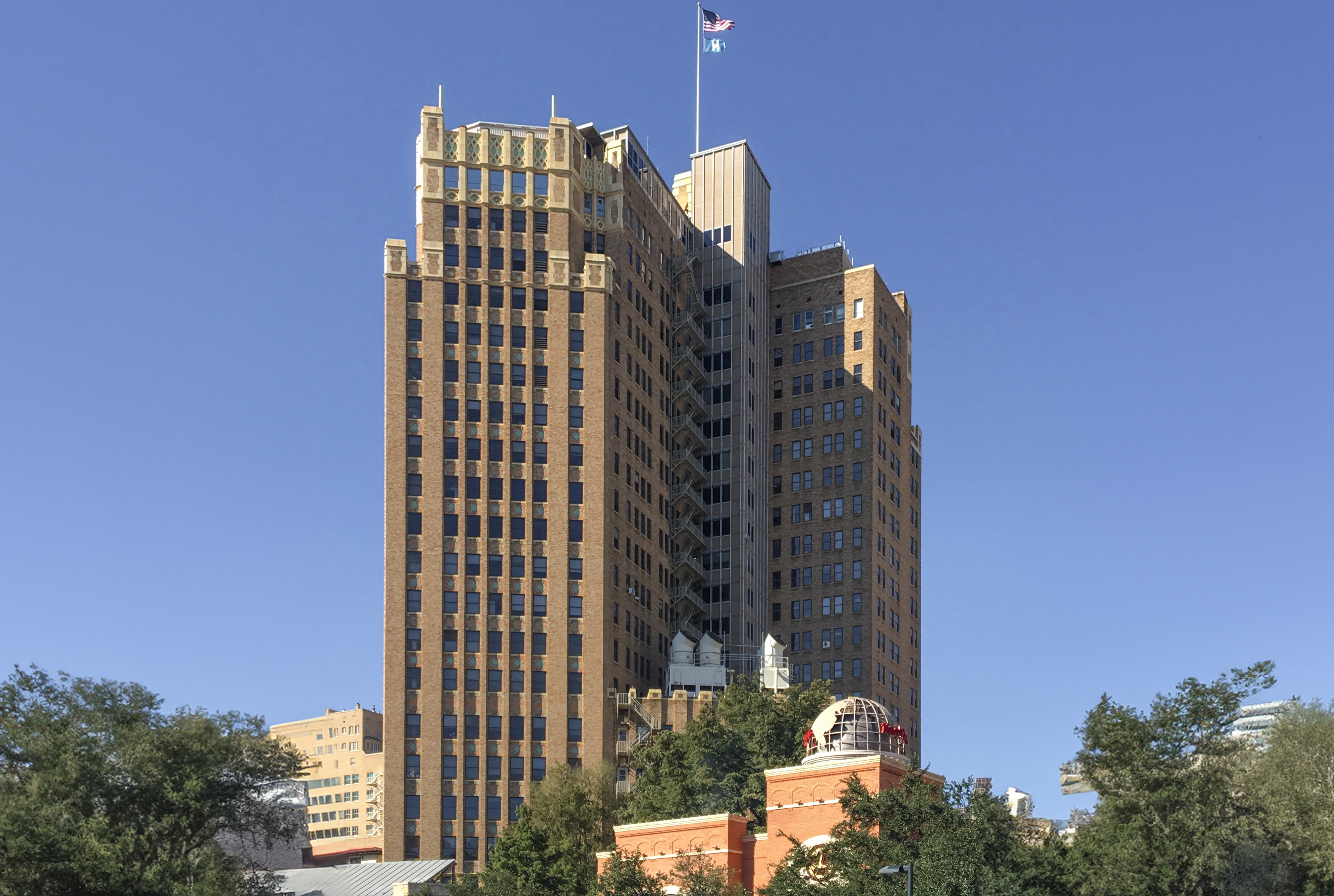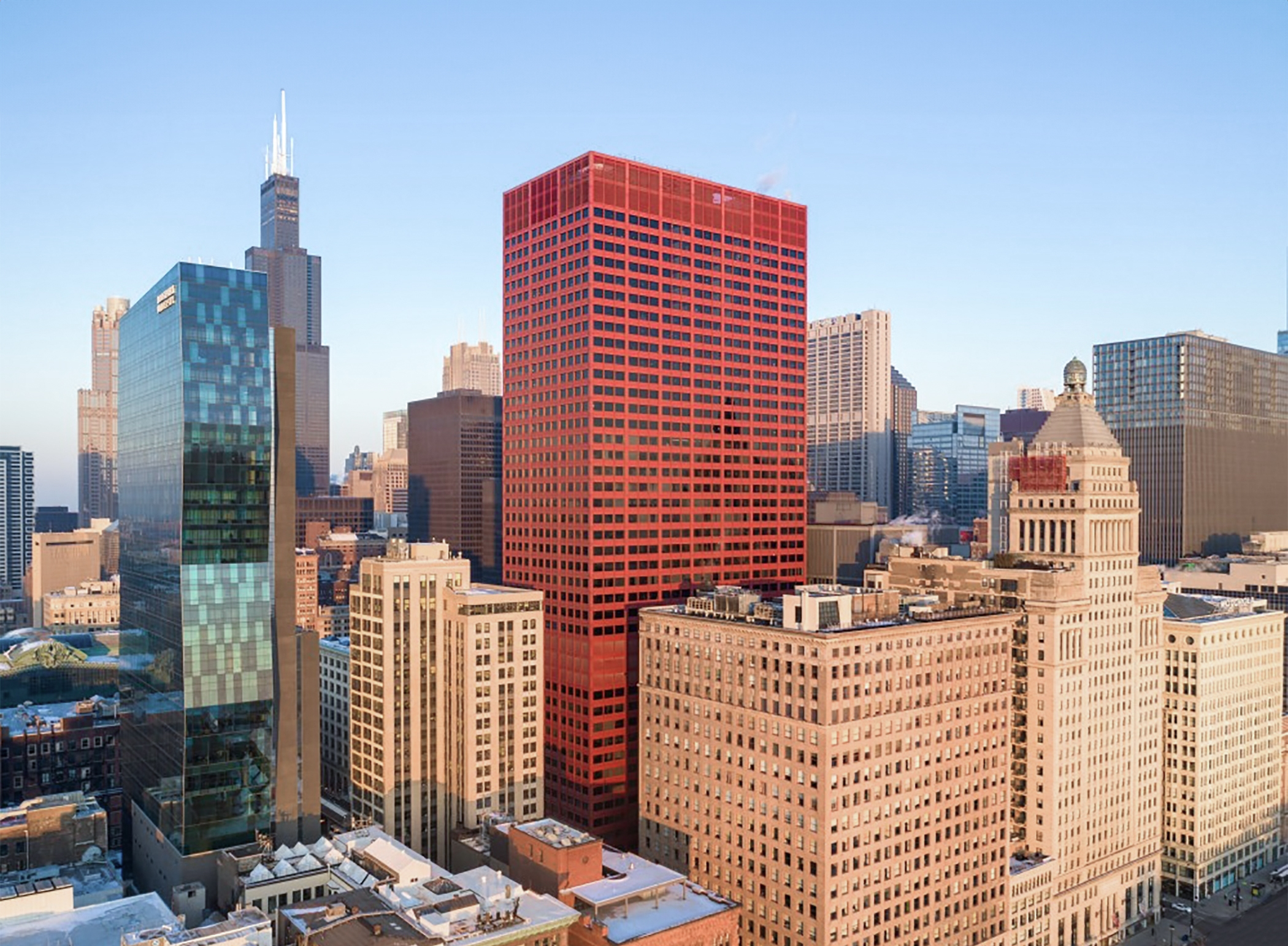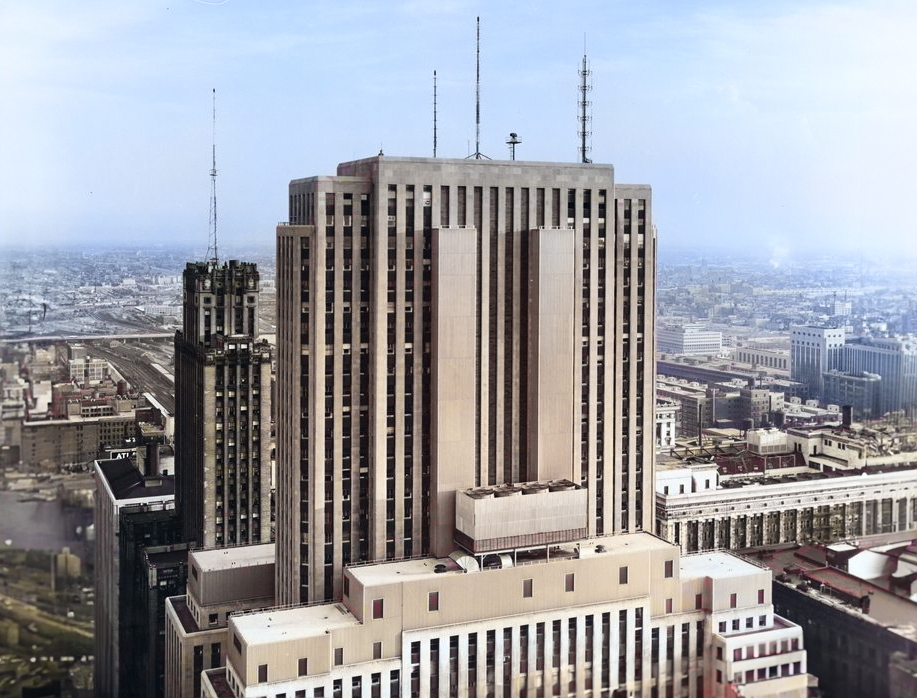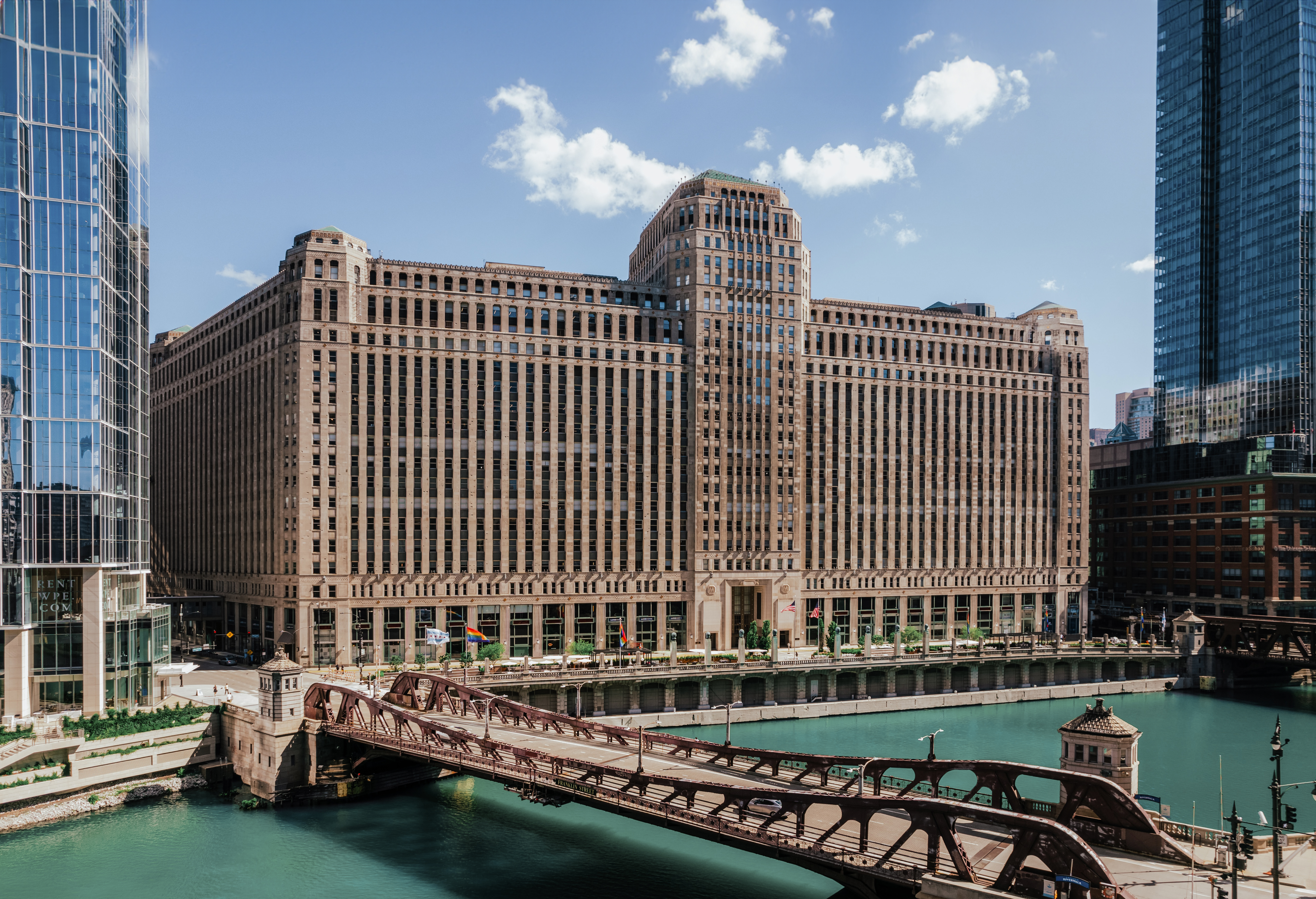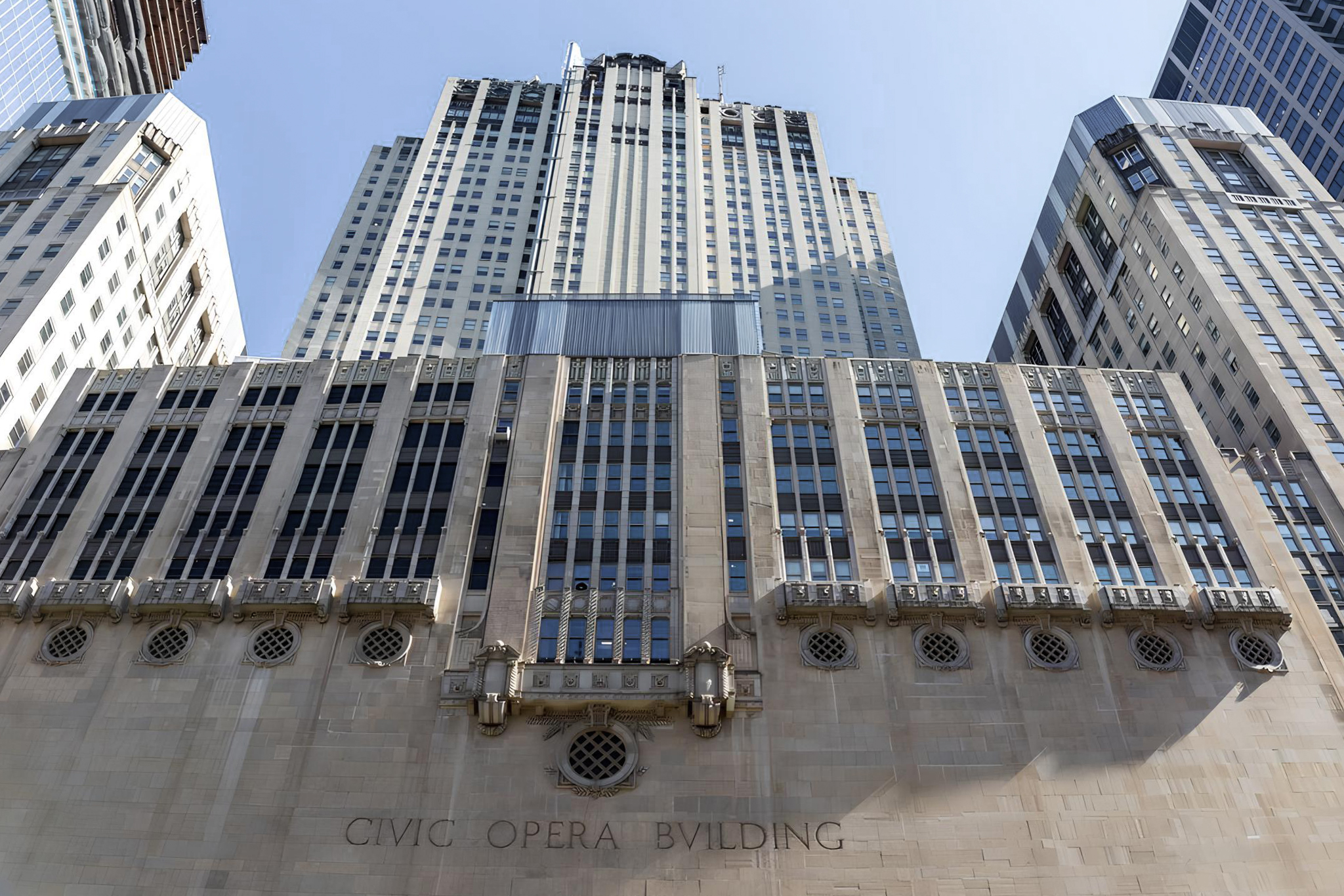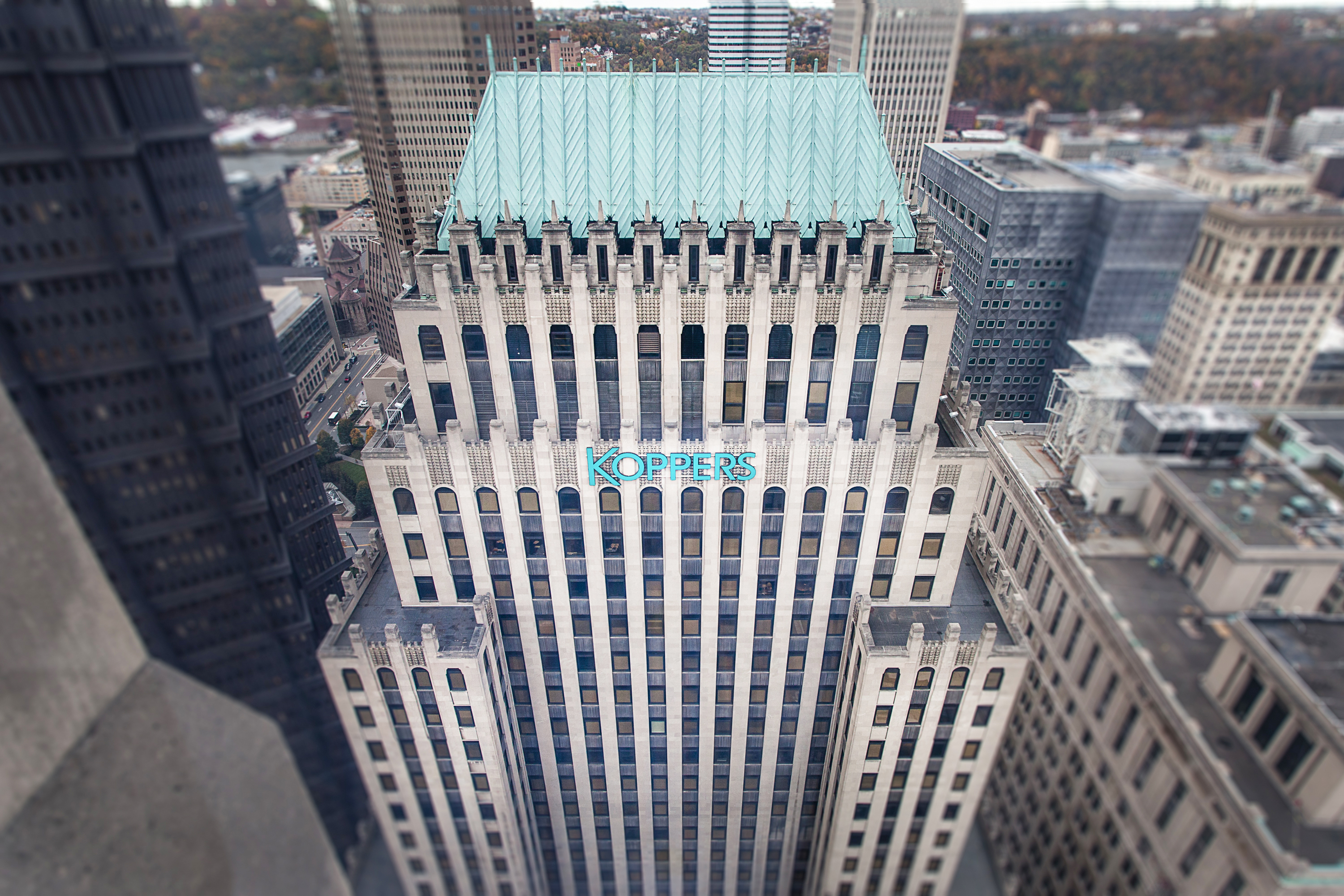The Drury Plaza Hotel San Antonio Riverwalk is an Art-deco skyscraper designed by Graham, Anderson, Probst & White, and built between 1929 and 1930, for a reported $2.50 million dollars, in San Antonio, TX.
Drury Plaza Hotel San Antonio Riverwalk is not the only name you might know this building by though. The building is, or has also been known as Alamo National Bank Buildilng.
Its precise street address is 105 South Saint Mary`s Street, San Antonio, TX. You can also find it on the map here.
The Drury Plaza Hotel San Antonio Riverwalk is a structure of significant importance both for the city of San Antonio and the United States as a nation. The building embodies the distinctive characteristic features of the time in which it was built and the Art Deco style. Because of that, the Drury Plaza Hotel San Antonio Riverwalk was officially included in the National Register of Historic Places on March 28th 2006.
The building has been restored 4 times over the years to ensure its conservation and adaptation to the pass of time. The main restoration works happened in 1956, 1961, 1974 and 2007.
